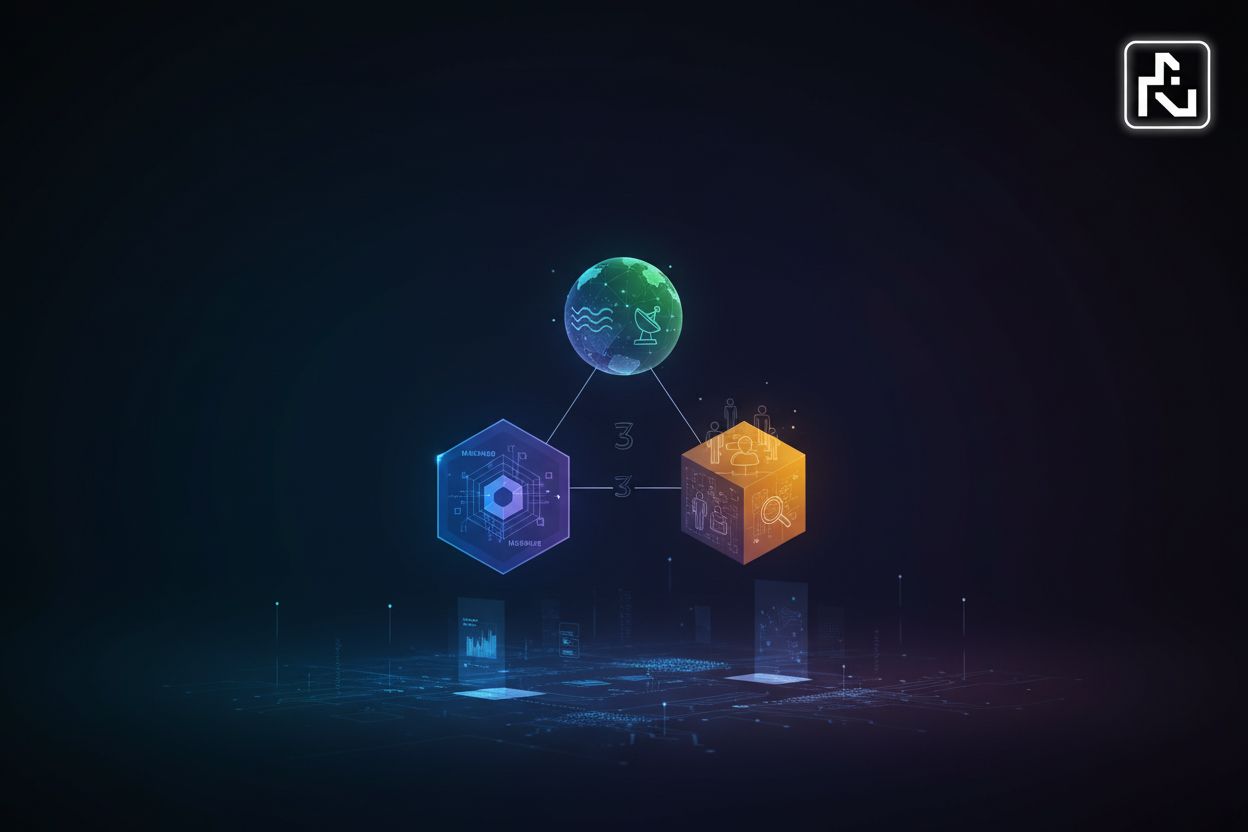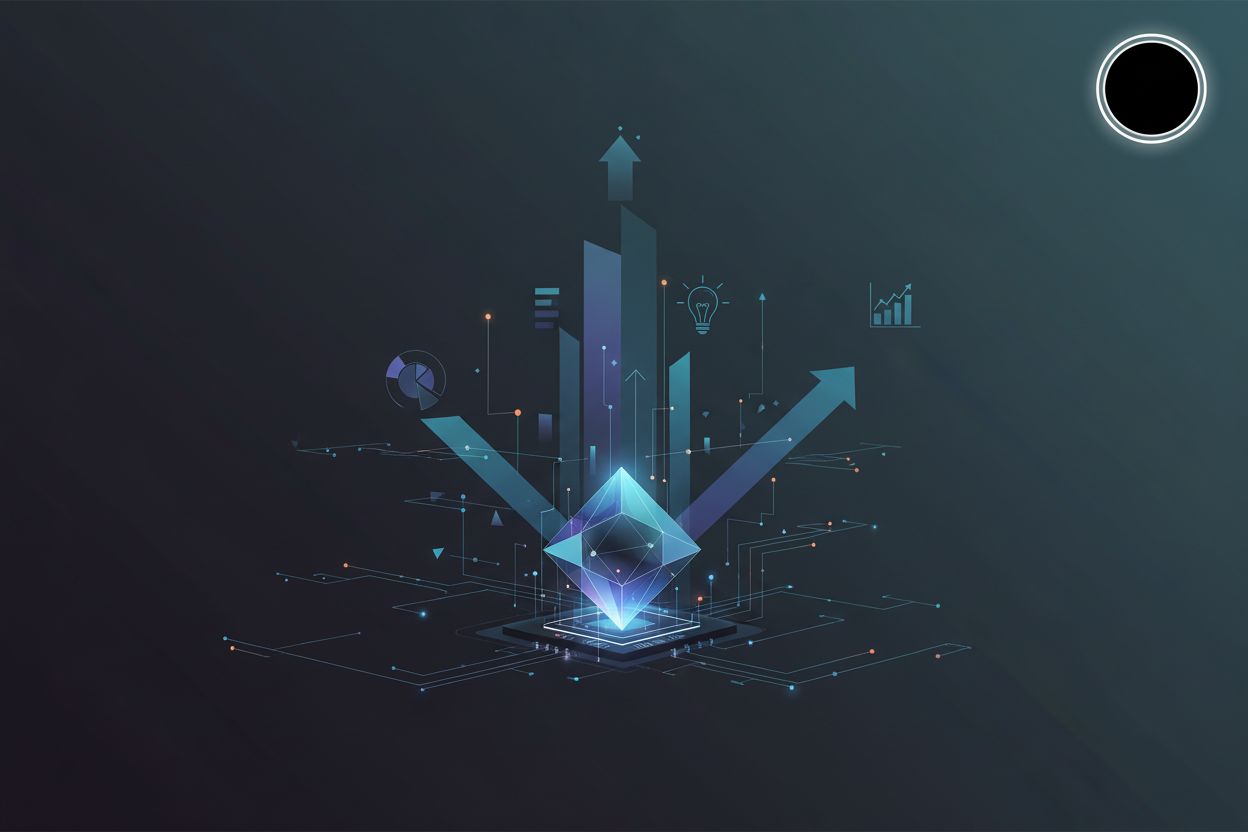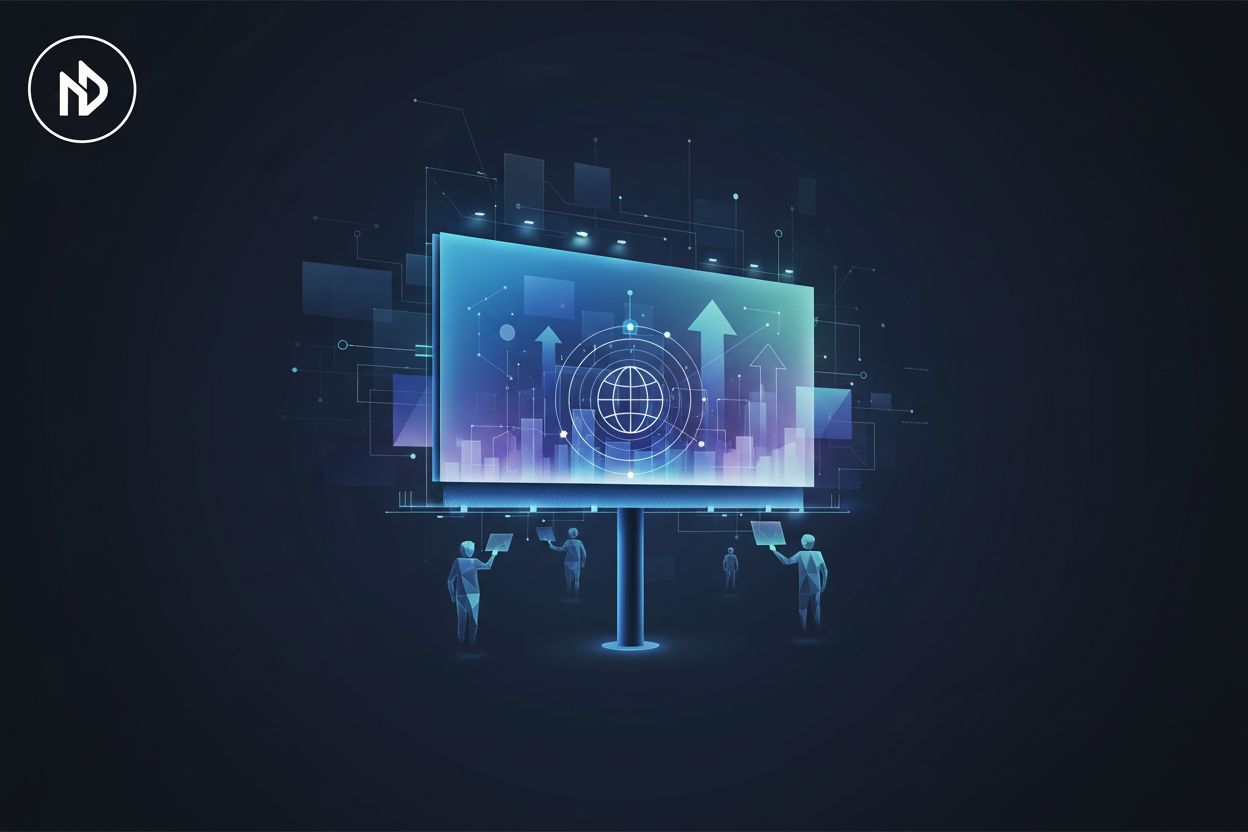Hyper-Personalization using AI in Marketing
TL;DR
Understanding Hyper-Personalization
Bet you've heard the term "personalization" thrown around a lot, right? Well, hyper-personalization is like personalization on steroids. It's all about getting super granular with your marketing efforts.
Here's the deal:
It's not just about slapping a customer's name on an email, it's way more than that. We are talking about analyzing real-time data and individual behavior, to predict exactly what a customer wants.
ai plays a huge role, 'cause let's face it, humans can't process that much data quickly enough. MarTech explains that AI is very useful for analyzing large amounts of data very quickly and accurately.
Think about how Netflix knows exactly what you wanna binge next or how Amazon always seems to suggest the perfect product, it’s like they know you better than you know yourself!
ai isn't just for show; it's the engine that drives hyper-personalization. It can process massive datasets to predict customer behavior. plus, things like Natural Language Processing (nlp) helps craft super-personalized messages.
Ready to dive deeper into how ai makes all this magic happen? Let's talk about the specific role of ai next...
AI-Powered Hyper-Personalization in Action
Alright, let's get into how ai's actually being used, 'cause it's not just theory, right? It's changing how companies do things right now.
ai tools, like Jasper or chatgpt, helps companies churn out personalized content like crazy. Think custom emails and ads.
Remember Coca-Cola? They did ai-generated ads tailored to different cities. It's pretty wild, seeing visuals that match the local culture and vibe.
But hey, don't go too crazy with automation. You still need that human touch and creativity, ya know?
ai chatbots are really stepping up custom service. They can give personalized product recommendations and support, 24/7.
Amazon and Walmart are using 'em to streamline the customer experience like, especially during those crazy peak seasons. Less waiting, more buying, that's the goal!
Makes you wonder, though: are we losing something with all these bots?
ai's letting us dig deeper into consumer behavior than ever before. Tools like Tableau and Google analytics 4 are using machine learning to spot trends and preferences.
This helps craft campaigns that really hit home on a personal level. It's not just about demographics anymore, it's about understanding what moves people.
It's cool, but also kinda spooky how much these tools can know, right?
So, with ai doing all this cool stuff, it's changing the game. Next up, we'll look into how ai actually creates content, like from scratch.
Benefits and Challenges
Hyper-personalization sounds great, but is it all sunshine and rainbows? Nah, there's a few bumps along the road.
- One biggie is ROI. Sure, it can boost conversions, but it also needs some serious investment—in tech, talent, and time. Is it worth it? You gotta crunch those numbers, ya know?
- Then, there's the whole ethics thing. Are we getting too creepy with all this data? Like, are we respecting privacy or just walking all over it? According to Quantilus Innovation, brands need to balance data usage with transparency.
- Finally, don't forget the human touch. ai is cool, but customers still crave that real connection, that personal feeling.
So, what about the actual ROI of this stuff? Let's take a look...
Implementing Hyper-Personalization: A Step-by-Step Guide
Alright, so you wanna hyper-personalize? It's not just a fancy buzzword, it's a whole process, ya know? Let's break it down, step-by-step.
- First up, data collection and analysis. You gotta know your customer, right? That means grabbing data from everywhere you can; website visits, purchase history, social media... all that jazz.
- Then, use ai to make sense of it all. ai can spot trends and patterns way faster than any human could.
- Finally, group your customers into segments based on what you learned. This ain't your grandma's demographics, we're talking behavior and preferences, y'all.
Next, we'll dive into picking the right ai tools for the job, 'cause there's a lotta options out there.
The Future of Hyper-Personalization
Okay, so what's next for hyper-personalization? It's not just about ads, anymore, it's about creating whole new experiences.
ai advancements are pushing personalization even further. Think of generative ai creating unique content, tailored to each customer in real time. It's like having a personal content creator for every single person, which is kinda wild.
Generative ai will play a huge role, in the future. Imagine ai crafting entire marketing campaigns, from visuals to copy, based on individual customer preferences. It's not just about automating tasks, it's about unlocking creativity at scale, ya know?
The metaverse could take things to a whole new level. Personalized virtual experiences, tailored avatars, and dynamic product placements are all possibilities. It's like stepping into a custom-built world designed just for you.
Hyper-personalization? It's not just a trend; it's the new normal. As ai gets better, customers will expect, brands to know them inside and out.
Integrating ai into every stage of the marketing funnel, from data collection to content creation, is crucial. It's about creating a seamless, end-to-end personalized experience, that feels natural and intuitive.
Ultimately, it's about building stronger relationships with customers. Fostering deeper connections, driving higher engagement, and increasing customer loyalty is the name of the game.
So, get ready, 'cause the future of marketing is personal and, ai's leading the way.






